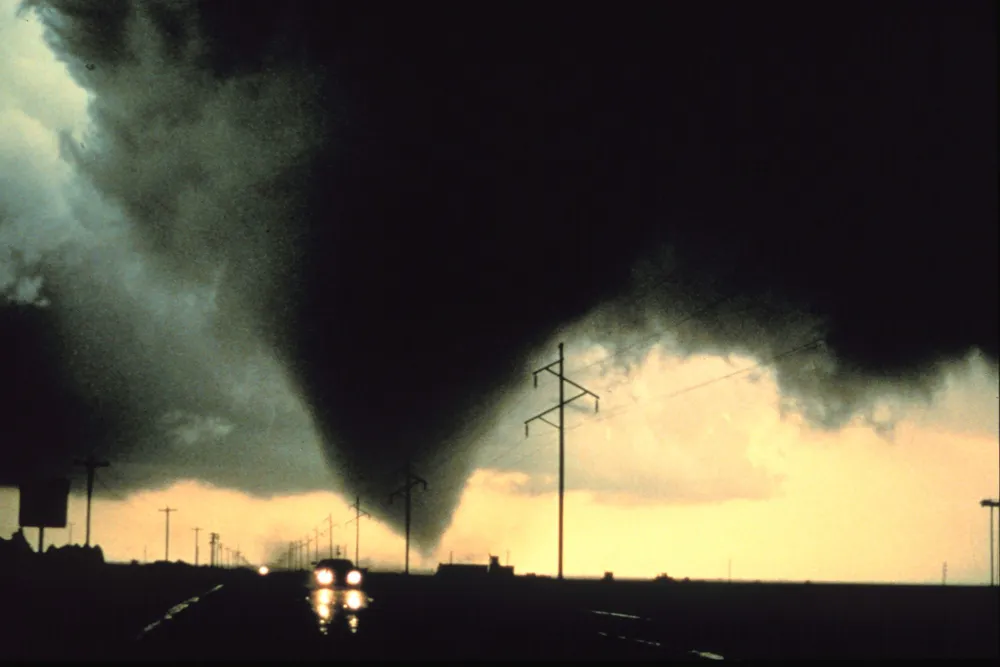Climate-related natural disasters raise insurance risk for US renewables
Nation comprises a third of global claims that are increasingly related to smaller “convection” storms and wildfires, highlighting growing vulnerabilities

US renewable energy is facing a heightened risk of climate change-fuelled natural disasters including ‘severe convection storms’ (SCS) that wrought billions of dollars in overall damage last year alone and often exceeded insurance coverage for impacted turbines and solar arrays.
Natural disasters, typically earthquakes, tropical cyclones, and floods, caused some $320bn in destruction last year, a sharp uptick from $268bn in 2023 and in the top three in adjusted dollars since 1980, insurer Munich RE noted in a recent report.
Yet smaller SCS – more typically known as thunderstorms – now make up a higher proportion of total damage, reaching $51bn, said insurer Swiss RE.
Most SCS damage was seen in the US, where hailstorms, lightning strikes, and tornadoes are leading to ever larger losses.
Increasing incidence rate of natural catastrophes, especially severe convective storms, “is leading to unsustainable losses for traditional insurance carriers. This is forcing many insurers to reduce their cover,” said Jatin Sharma, managing partner for specialty energy and infrastructure insurance broker NARDAC.
“This poses an existential threat to the continued build-out of onshore renewables across a number of US states,” he added.
This is the latest threat to the renewables sector and comes as Donald Trump targets especially wind power but all climate initiatives in his effort to propel American “energy dominance” through fossil fuel extraction.
US renewables deployment, particularly solar and storage, surged during former President Joe Biden’s administration.
Renewables surge
The industry group has not yet released total 2024 numbers but forecasted installations will shatter the previous annual record of 21.3GW in 2023.
Balz Grollimund, Swiss RE’s head of Catastrophe Perils, noted that climate change is “also playing an increasing role” by creating atmospheric conditions that fuel extreme weather.
Rising claims have led to insurers raising premiums or exiting risky sectors entirely
“Since some of these mega losses that have happened, insurers have gradually been reducing their participation on natural catastrophe risks, so projects are actually getting less coverage,” Sharma said.
The solar farm has not yet been fully reconstructed and is generating at less than full capacity, heightening its losses.
This risk is heightened when assets change hands, Sharma added.
“When you start, you've got all the M&A [mergers and acquisition] lawyers – it's a process that goes through so much detail, but after about a year, two years, the coverage is gradually eroded,” he said.
“Banks already took the investment risk, they shouldn't have to take climate risk, insurance risk,” Sharma said.
Renewables, particularly solar, are looking into ways to minimise damage by using more durable materials, making panels thicker, and positioning them through trackers, all of which will entail higher costs for a sector hit hard by inflation.
Adding insurance coverage is also part of mitigation.
(Copyright)